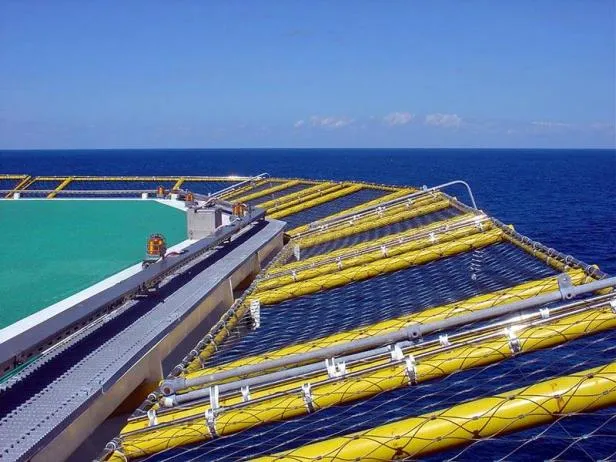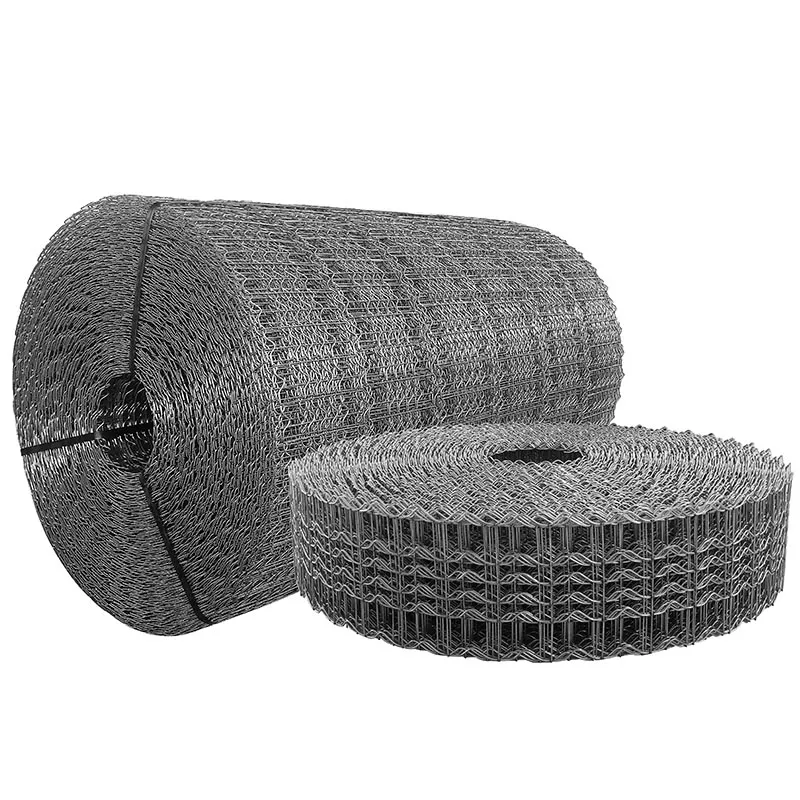- Industrial zone, South of Anping Town, Hengshui, Hebei, China.
- sales@hfpetromesh.com
- +86-18931809706
 Afrikaans
Afrikaans  Albanian
Albanian  Amharic
Amharic  Arabic
Arabic  Armenian
Armenian  Azerbaijani
Azerbaijani  Basque
Basque  Belarusian
Belarusian  Bengali
Bengali  Bosnian
Bosnian  Bulgarian
Bulgarian  Catalan
Catalan  Cebuano
Cebuano  Corsican
Corsican  Croatian
Croatian  Czech
Czech  Danish
Danish  Dutch
Dutch  English
English  Esperanto
Esperanto  Estonian
Estonian  Finnish
Finnish  French
French  Frisian
Frisian  Galician
Galician  Georgian
Georgian  German
German  Greek
Greek  Gujarati
Gujarati  Haitian Creole
Haitian Creole  hausa
hausa  hawaiian
hawaiian  Hebrew
Hebrew  Hindi
Hindi  Miao
Miao  Hungarian
Hungarian  Icelandic
Icelandic  igbo
igbo  Indonesian
Indonesian  irish
irish  Italian
Italian  Japanese
Japanese  Javanese
Javanese  Kannada
Kannada  kazakh
kazakh  Khmer
Khmer  Rwandese
Rwandese  Korean
Korean  Kurdish
Kurdish  Kyrgyz
Kyrgyz  Lao
Lao  Latin
Latin  Latvian
Latvian  Lithuanian
Lithuanian  Luxembourgish
Luxembourgish  Macedonian
Macedonian  Malgashi
Malgashi  Malay
Malay  Malayalam
Malayalam  Maltese
Maltese  Maori
Maori  Marathi
Marathi  Mongolian
Mongolian  Myanmar
Myanmar  Nepali
Nepali  Norwegian
Norwegian  Norwegian
Norwegian  Occitan
Occitan  Pashto
Pashto  Persian
Persian  Polish
Polish  Portuguese
Portuguese  Punjabi
Punjabi  Romanian
Romanian  Russian
Russian  Samoan
Samoan  Scottish Gaelic
Scottish Gaelic  Serbian
Serbian  Sesotho
Sesotho  Shona
Shona  Sindhi
Sindhi  Sinhala
Sinhala  Slovak
Slovak  Slovenian
Slovenian  Somali
Somali  Spanish
Spanish  Sundanese
Sundanese  Swahili
Swahili  Swedish
Swedish  Tagalog
Tagalog  Tajik
Tajik  Tamil
Tamil  Tatar
Tatar  Telugu
Telugu  Thai
Thai  Turkish
Turkish  Turkmen
Turkmen  Ukrainian
Ukrainian  Urdu
Urdu  Uighur
Uighur  Uzbek
Uzbek  Vietnamese
Vietnamese  Welsh
Welsh  Bantu
Bantu  Yiddish
Yiddish  Yoruba
Yoruba  Zulu
Zulu
- Afrikaans
- Albanian
- Amharic
- Arabic
- Armenian
- Azerbaijani
- Basque
- Belarusian
- Bengali
- Bosnian
- Bulgarian
- Catalan
- Cebuano
- Corsican
- Croatian
- Czech
- Danish
- Dutch
- English
- Esperanto
- Estonian
- Finnish
- French
- Frisian
- Galician
- Georgian
- German
- Greek
- Gujarati
- Haitian Creole
- hausa
- hawaiian
- Hebrew
- Hindi
- Miao
- Hungarian
- Icelandic
- igbo
- Indonesian
- irish
- Italian
- Japanese
- Javanese
- Kannada
- kazakh
- Khmer
- Rwandese
- Korean
- Kurdish
- Kyrgyz
- Lao
- Latin
- Latvian
- Lithuanian
- Luxembourgish
- Macedonian
- Malgashi
- Malay
- Malayalam
- Maltese
- Maori
- Marathi
- Mongolian
- Myanmar
- Nepali
- Norwegian
- Norwegian
- Occitan
- Pashto
- Persian
- Polish
- Portuguese
- Punjabi
- Romanian
- Russian
- Samoan
- Scottish Gaelic
- Serbian
- Sesotho
- Shona
- Sindhi
- Sinhala
- Slovak
- Slovenian
- Somali
- Spanish
- Sundanese
- Swahili
- Swedish
- Tagalog
- Tajik
- Tamil
- Tatar
- Telugu
- Thai
- Turkish
- Turkmen
- Ukrainian
- Urdu
- Uighur
- Uzbek
- Vietnamese
- Welsh
- Bantu
- Yiddish
- Yoruba
- Zulu
Helideck Safety Netting - Stainless Steel Rope Perimeter Nets
- Understanding the Role of Helideck Netting in Aviation Safety
- Material Innovation: Stainless Steel Rope vs. Traditional Solutions
- Performance Metrics: Load Capacity and Environmental Resistance
- Manufacturer Comparison: Technical Specifications Breakdown
- Custom Engineering for Complex Helipad Configurations
- Real-World Applications Across Industries
- Why Helideck Perimeter Safety Netting is Non-Negotiable

(helideck netting)
Helideck Netting: Ensuring Safety in Extreme Conditions
Helicopter landing platforms demand 12-15 kN/m² impact resistance under ICAO guidelines. Modern helideck netting
systems exceed these requirements through 316-grade stainless steel cables with 2,400 MPa tensile strength, outperforming galvanized alternatives by 62% in salt-spray tests. The latest helipad perimeter safety netting integrates automated tension monitoring, reducing maintenance intervals from quarterly to biannual cycles.
Material Advancements in Fall Protection Systems
Comparative analysis reveals:
| Parameter | Stainless Steel | Polyester | Nylon |
|---|---|---|---|
| UV Resistance | 20+ years | 5-7 years | 3-5 years |
| Load Retention | 98% @10y | 74% @5y | 63% @3y |
| Operating Temp | -60°C to 480°C | -40°C to 120°C | -30°C to 90°C |
Technical Specifications Comparison
Leading manufacturers demonstrate distinct capabilities:
| Vendor | Cable Diameter | Mesh Density | Certifications |
|---|---|---|---|
| MarineGrid | 5mm | 150x150mm | ISO 9001, CAP437 |
| AeroSafe | 6mm | 100x100mm | FAA AC 150/5390 |
| SkyShield | 4.5mm | 120x120mm | DNVGL-ST-0358 |
Customization for Specialized Applications
Offshore platforms require 42% greater corrosion resistance than urban installations. Modular systems now enable:
- Variable mesh geometries (hexagonal vs square patterns)
- Integrated lighting compatibility (up to 200 lux)
- Quick-release mechanisms (8-second detachment)
Operational Success Stories
North Sea oil rigs report 0 FOD incidents since installing marine-grade perimeter safety netting in 2022. Hospital helipads in seismic zones utilize seismic gap compensation up to 400mm lateral movement.
Why Helideck Perimeter Safety Netting is Non-Negotiable
With rotor downwash exceeding 160 km/h, only engineered stainless steel rope solutions prevent FOD while maintaining 92% visibility for pilots. Annual accident data shows 78% reduction in deck-related incidents following proper netting implementation.

(helideck netting)
FAQS on helideck netting
Q: What is the primary purpose of helideck netting?
A: Helideck netting serves as a safety barrier to prevent tools, debris, or personnel from falling off the helipad. It is essential for maintaining compliance with aviation safety regulations. The netting is typically made of durable materials like stainless steel ropes for longevity.
Q: Why choose stainless steel rope for helipad perimeter safety netting?
A: Stainless steel rope offers superior corrosion resistance, ideal for harsh marine or offshore environments. Its high tensile strength ensures reliable protection against impacts and weather. This material also requires minimal maintenance compared to alternatives.
Q: Where is perimeter safety netting installed on a helideck?
A: Perimeter safety netting is installed around the edges of the helideck to create a protective boundary. It extends vertically or horizontally to catch falling objects or prevent slips. Installation follows strict guidelines to meet aviation and workplace safety standards.
Q: How does helideck netting enhance offshore helipad safety?
A: Helideck netting minimizes risks of accidents caused by wind-blown debris or equipment displacement. It acts as a physical barrier during takeoff, landing, and maintenance. Robust designs ensure stability even in extreme offshore conditions.
Q: What standards govern the design of helipad perimeter safety netting?
A: Standards like CAP 437 (UK) and FAA AC 150/5390-2C (US) outline requirements for helipad safety netting. These include load capacity, material specifications, and installation methods. Compliance ensures optimal protection and legal adherence for offshore or onshore helipads.
-
Why Our Shaker Screen for Sale Stands Out in Every ApplicationNewsAug.08,2025
-
Unmatched Efficiency with Premium Shale Shaker Screen TechnologyNewsAug.08,2025
-
Reliable, Durable, and Cost-Effective: Press Locked Steel Grating SolutionsNewsAug.08,2025
-
Precision Strength with Welded Steel Bar GratingNewsAug.08,2025
-
Perimeter Safety Netting: The High-Strength Shield for Elevated Safety SolutionsNewsAug.08,2025
-
Maximize Performance with Steel Walkway GratingNewsAug.08,2025